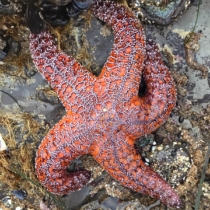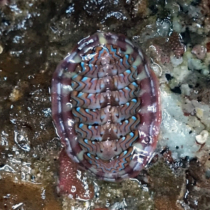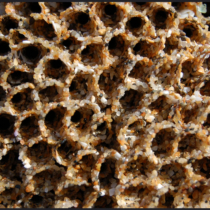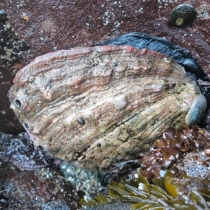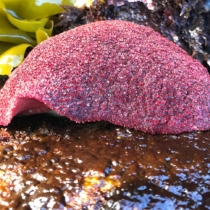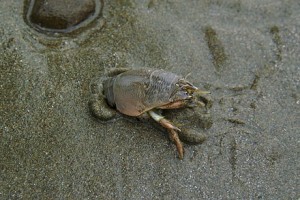 by Julia, Olivia, and Thomas
by Julia, Olivia, and Thomas
Bishop O’Dowd High School
Emerita analoga, or the common Pacific sand crab, is an small animal with a colossal impact on beach ecosystems. We will examine the population trend in sand crabs over time at ocean beach, and examine
possible environmental factors that could have caused this, specifically El Nino. The sand crab is an indicator species, so examining the health of their population will allow us to examine the health of the sandy beach ecosystem as a whole.





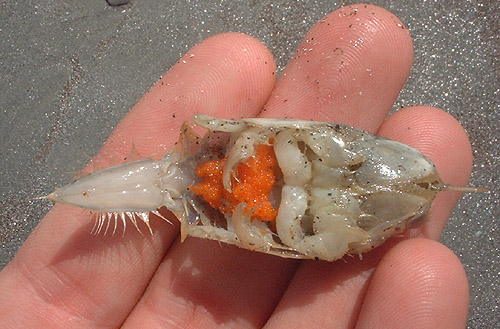
 According to Beyonce, girls run the world, but from Bishop O’Dowd’s sandy beach monitoring data, it’s female sand crabs with eggs the run Ocean Beach. Sand crabs are important animals on California beaches because they can indicate the health of the area of the beach in which they live. Also, they are an important species in the food chain. They are the primary consumers on the beach and many other species rely on their existence.
According to Beyonce, girls run the world, but from Bishop O’Dowd’s sandy beach monitoring data, it’s female sand crabs with eggs the run Ocean Beach. Sand crabs are important animals on California beaches because they can indicate the health of the area of the beach in which they live. Also, they are an important species in the food chain. They are the primary consumers on the beach and many other species rely on their existence.













